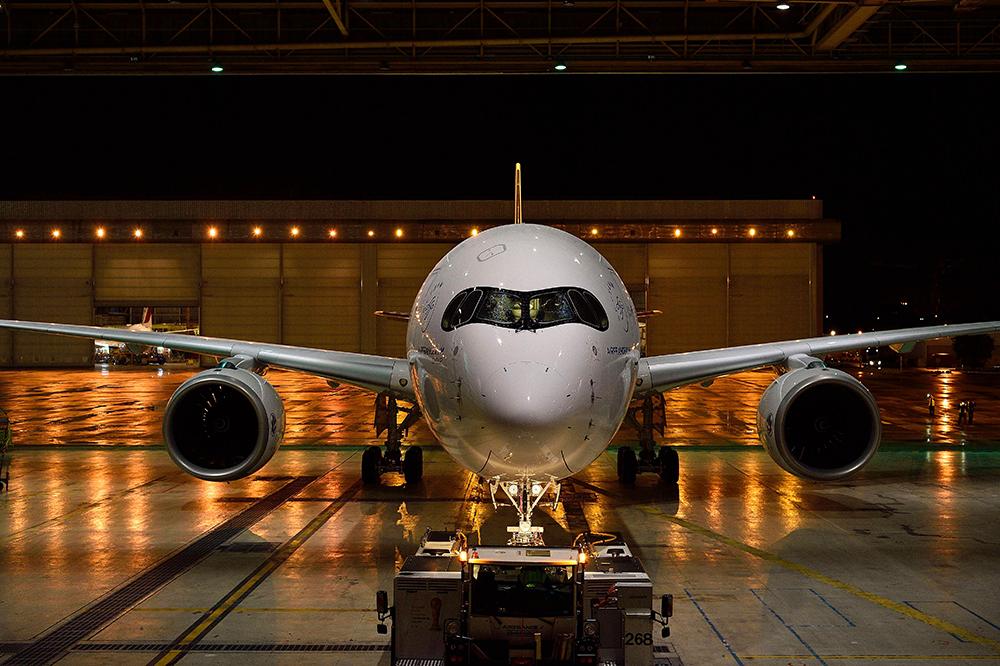
SITA’s latest report on airline IT spending showed carriers made drastic cuts during the COVID-19 cash crunch. That affected IT projects across the board, including MRO IT projects like predictive maintenance.
“Airlines did not have the budget to start up projects in predictive maintenance and basically had fewer needs due to fewer flights and operations,” says Rob Stolk, who leads predictive maintenance efforts at AFI-KLM E&M.
However, this delay was temporary. “More than ever, we see the momentum for predictive maintenance gaining again,” Stolk says. “With the combination of restart and supply chain issues, airlines need to secure their operations.”
AFI KLM E&M continued its own predictive efforts under the Prognos brand during the pandemic. In 2022, it implemented many new predictive models, mostly on newer aircraft such as the Airbus A220 and A350. It continues to expand Prognos’s predictive models on other aircraft, such as A320s and Boeing 737s, 777s and 787s.
In all, excluding engines, Prognos now supports 170 aircraft. Including engines and auxiliary power units, Prognos monitors thousands of aircraft globally.
Prognos’s predictions now cover more than 30 ATA chapters on eight aircraft types. “The list covers most well-known operational interrupters such as air conditioning, hydraulics, bleed-air pneumatics, landing gear, wheels, brakes, fuel, engines and anti-ice systems,” Stolk says. “We also provide alerts for serviceable items, such as liquids and oxygen bottles.”
Stolks insists Prognos benefits both airline operations and maintenance. “For small components such as valves and sensors, most of the benefits lie in preventing delays, cancelations and AOGs,” he says. “For big mechanical components, significant repair costs can be saved if the unit is replaced before a major failure.” Stolk says Prognos also decreases on-wing troubleshooting efforts and increases the portion of maintenance actions done right the first time.
Despite these benefits, adoption of predictive tools has been slow. Apart from pandemic-related impacts, Stolk highlights one major reason for delay. “The use of full-flight data comes with challenges in data acquisition and transfer,” he says. “Some airlines do not have the processes for timely data offloading in place or do not have the technical capabilities to process big volumes of data. Luckily, new generation e-enabled aircraft and advancements in IT improve the capabilities of operators to provide the required data.”
There are also worries over data ownership. But Stolk says advances in data security and the benefits of data sharing have significantly reduced these data worries in recent years.





